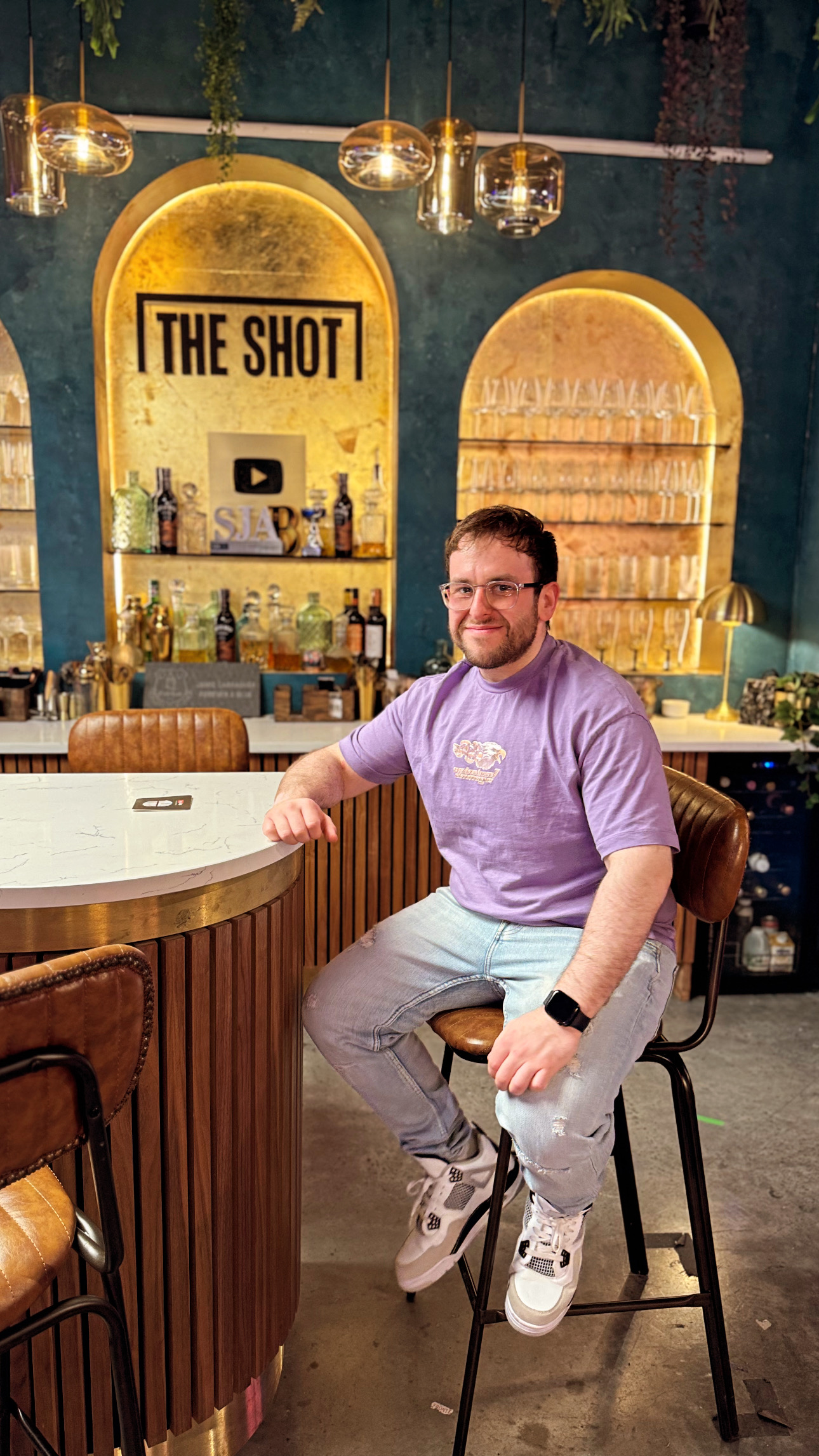There’s a quiet shift that happens when your body changes faster than your identity can catch up. Old clothes stop fitting. New ones don’t feel like you. And in between, there’s a strange discomfort—not just physical, but personal.
That’s where James found himself after losing 88 kilograms. The transformation was real, but the gym clothes didn’t keep up. Most options weren’t made with bigger bodies—or real movement—in mind. So he started creating pieces for himself—just a few shirts that fit better and felt right.
From Personal Struggle to Community-Led Style
He never intended to build a brand. “People at the gym started asking where I got my shirt,” he said. “That’s when I knew I had something.”
The original idea wasn’t even clothing—it was car seat covers for sweaty post-workout drives. But pandemic-era manufacturing costs made apparel the more accessible path.
The first three collections were slow burns. It wasn’t until his fourth drop—supported by memes, anticipation, and a niche fitness audience—that things took off. He booked shoots with fighters, leaned into storytelling, and created limited runs with purpose. “The more I shared, the more the community got involved,” James explained.
.png)

.jpg)
.jpg)
%20(1).jpg)
.jpg)
.jpg)
%20(1).jpg)


.png)